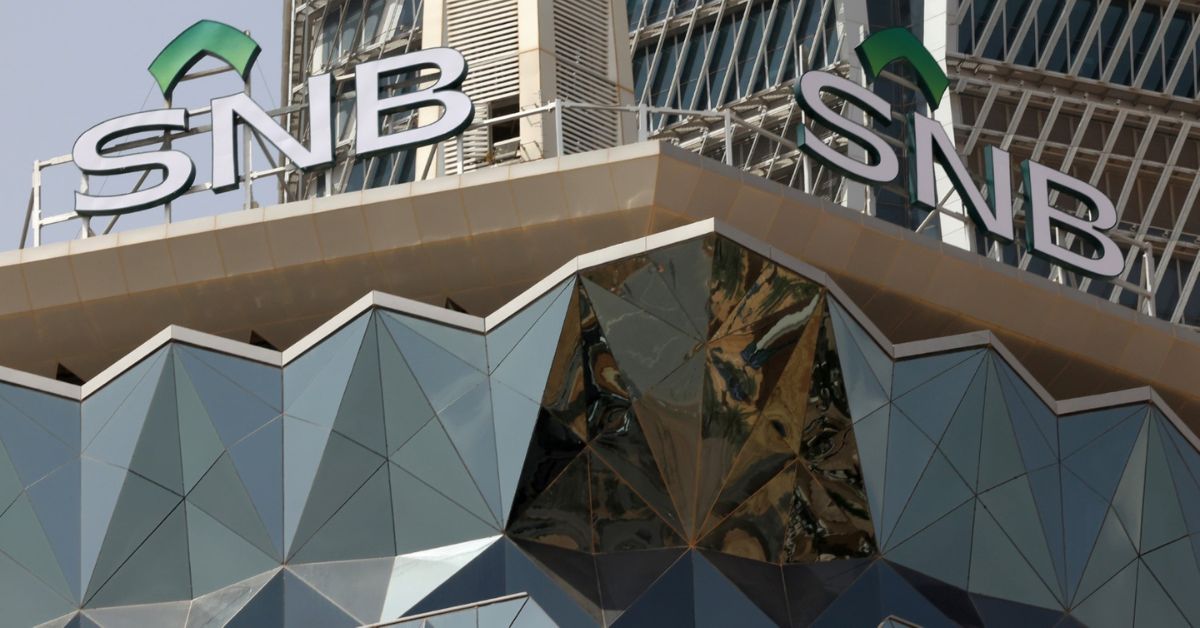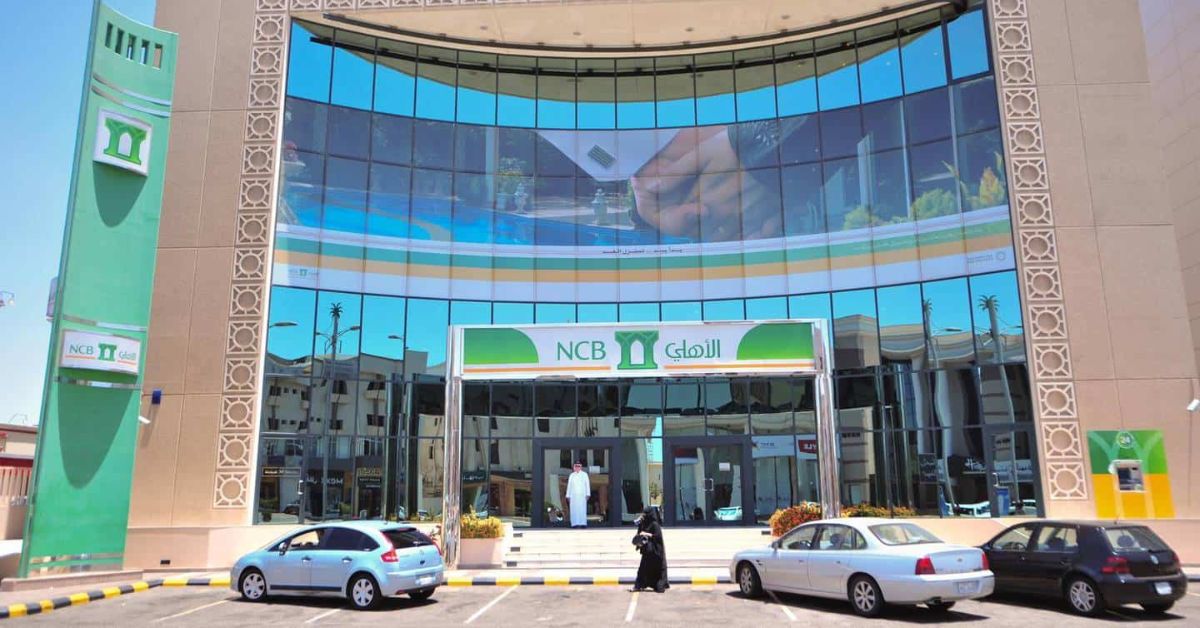RIYADH — The banking sector in Saudi Arabia is a crucial pillar of the Kingdom’s economy, playing a key role in facilitating financial transactions, mobilizing savings, and providing credit to businesses and individuals. This sector, comprising a mix of local and international institutions, has seen significant transformation in recent years, propelled by economic reforms and technological advancements.
According to the latest report by the leading professional services firm Alvarez & Marsal (A&M), the Saudi Arabian banking sector continues to exhibit stability and growth potential. Their 4th annual KSA Banking Pulse, analyzing data from the top 10 listed banks in the Kingdom, indicates positive trends across key performance metrics, including income, profitability, and capital.
Solid Performance
The report underscores a strong performance by the Saudi banking sector in the fiscal year (FY) 2023. Operating income surged by an impressive 9.5 percent, mainly due to a 10.9 percent increase in Non-Interest Income (NII). Net Interest Margins (NIMs) also saw a slight improvement, reflecting a favorable lending environment. This led to a robust return on equity (ROE) of 14.5 percent and a steady return on assets (ROA) of 2 percent.
Looking forward, A&M projects a stable and optimistic outlook for Saudi banks. They foresee prospective loan growth, improving asset quality, and continued strong capitalization to enhance the sector’s performance.
Key Trends
A&M’s report highlights several significant trends influencing the Saudi banking sector in FY 2023.
Loans and advances (L&A) for the top 10 banks expanded by 10.6 percent year-over-year (YoY), while customer deposits saw a more modest increase of 7.8 percent YoY. This led to a higher loan-to-deposit ratio (LDR) of 99.2 percent.
Discussing rising operating income, total operating income climbed by 9.5 percent YoY, mainly fueled by NII and non-funded income growth. The Saudi British Bank (SABB) reported a remarkable 31.7 percent YoY increase in operating income.
Moreover, the rising interest rates had a positive effect on profitability. Aggregate net income rose by 11.8 percent YoY, resulting in an enhanced ROE of 14.5 percent. Additionally, the cost-to-income (C/I) ratio improved by 0.6 percentage points to 31.9 percent, indicating efficient bank expense management. Seven out of the ten analyzed banks saw an improvement in the C/I ratio.
Moreover, the cost of risk, reflecting potential loan losses, remained stable at 0.41 percent for FY 2023. This stability suggests that Saudi banks will continue to prioritize asset quality in the face of potential economic fluctuations.

Favorable Outlook for the Future
A&M’s report offers an optimistic forecast for the future of the Saudi banking sector. Mr. Asad Ahmed, Managing Director and Head of Middle East Financial Services at A&M, underscores the sector’s resilience and potential for growth. He points out the banks’ adeptness in navigating economic challenges and capitalizing on favorable credit conditions.
Furthermore, the report acknowledges the banking sector’s pivotal role in supporting Saudi Arabia’s Vision 2030 objectives. As the Kingdom advances its economic diversification and growth agendas, the banking industry is expected to be instrumental in funding these initiatives.
Looking Ahead
A&M foresees several key developments in the Saudi banking sector:
- Prospective Loan Growth: The report predicts continued positive loan growth, spurred by economic activities and government initiatives.
- Improving Asset Quality: Banks are likely to concentrate on managing credit risks and enhancing asset quality.
- Stable NIMs: Anticipating potential interest rate reductions in the latter half of 2024, A&M expects Net Interest Margins (NIMs) to maintain stability, hovering around 3 percent.
To sum up, as Saudi Arabia forges ahead with its economic diversification efforts, a strong and dynamic banking sector is essential for the Kingdom’s sustained growth and prosperity.








